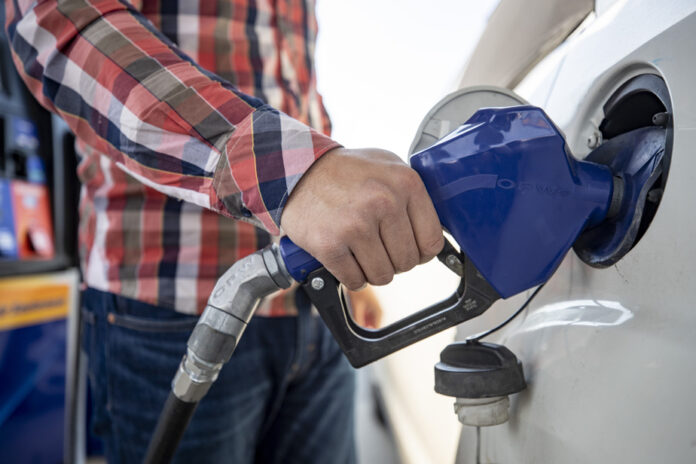Pump prices will rise by 17 cents per liter by 2030, courtesy of Ottawa, whose Clean Fuel Regulations came into effect on July 1.
The regulation obliges fuel producers and importers to reduce the carbon index of their products by 15% within seven years. The carbon index of gasoline and diesel, currently estimated between 90 and 95, will have to be reduced to a value between 75 and 80 in 2030.
The cost of the investments necessary to comply with this regulation is estimated between 30 and 50 billion by the oil industry. Once passed on to the pump, these investments will cost motorists 17 cents more per liter of gasoline, according to Steven Guilbeault’s Department of Environment and Climate Change Canada.
In an analysis of the settlement, the Parliamentary Budget Officer estimated that the resulting fuel price increase will reduce Canada’s gross domestic product (GDP) by 0.3% and that the provinces of Atlantic will be the most affected.
The impact of the new regulations has already started to be felt at the pump, but it’s hard to say in which provinces and to what extent precisely, says Carol Montreuil, spokesperson for the Canadian Fuels Association, which represents the ‘industry.
The Clean Fuel Regulations are the result of three years of discussions between the federal government and industry. Producers and importers of liquid petroleum products can reduce their carbon index by using one or more of the solutions available or in the process of becoming available, such as carbon capture and storage, process electrification or biofuels.
For consumers, the cost of the new regulations is on top of the cost of the federal carbon tax or the cap and trade system in Quebec, which is currently around 10 cents per litre. It remains invisible at the pump because the governments, both federal and provincial, do not consider it as a tax, but as a duty or a royalty. In Quebec, for example, these royalties are incorporated into the cost of gasoline acquisition by retailers (the price at the loading ramp) published by the Régie de l’énergie.
By 2030, the federal carbon tax, which will then reach $170 a tonne, and the new Clean Fuel Regulations will have added 57 cents to the price per liter of gasoline at the pump, according to the industry calculation.
The Clean Fuel Regulations that have just come into force are an important part of Ottawa’s plan to fight climate change. The HEC Montréal Energy Sector Management Chair, which analyzed it, believes that its complexity makes it difficult to assess and that its effectiveness is far from guaranteed.
According to Pierre-Olivier Pineau, holder of the chair, we could achieve the desired results with simpler, but less popular solutions.
“The federal government’s fundamental problem is that, in the absence of social acceptability for GHG reduction measures that are effective and therefore quite severe, it finds itself obliged to multiply actions that are relatively painless… in the hope that with this multiplication of small actions, we achieve great things,” he says.
The Clean Fuel Regulations join the carbon tax, the Clean Electricity Regulations, the 2030 coal ban, the oil sands emissions cap and other measures that make the strategy very difficult to understand, according to him.
“All of these programs are ultimately aimed at reducing GHGs,” says Pierre-Olivier Pineau. Each is relatively ineffective, but the sum of all does not guarantee hitting the targets either. It’s a bit like a pious person who would light 20 candles to multiply his chances of being heard by the afterlife. »















